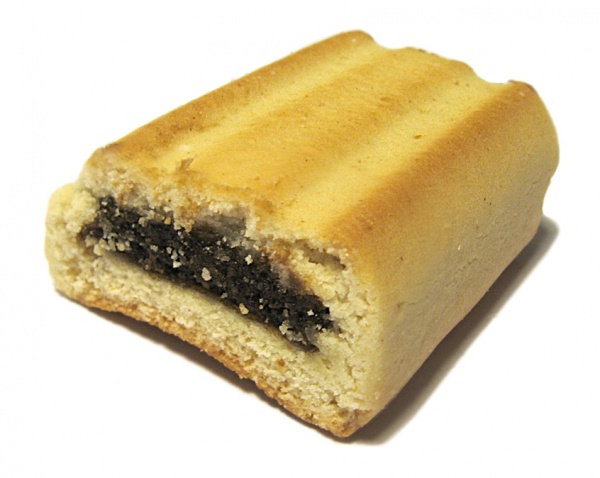Facts About Fig roll
A fig roll, also known as a fig bar, is a delightful cookie or biscuit featuring a rolled cake or pastry filled with sweet fig paste. Figs themselves have an intriguing history, originating in northern Asia Minor and gaining popularity across the Mediterranean. They became highly traded commodities during the 15th to 17th centuries, with famous explorers such as Christopher Columbus and Marco Polo mentioning them in their writings. Figs made their way to America in 1520 with the arrival of the Spanish on the island of Hispaniola.
In the UK, fig rolls are produced by well-known companies like McVitie's, Jacob's, and Bolands. The journey of fig rolls into mass production began in 1892 when James Henry Mitchell invented a machine capable of producing and filling cookie dough with jam. This innovation paved the way for Charles Roser, who created a pastry recipe inspired by the fig rolls brought to the US by British immigrants. The Kennedy Biscuit Company, which later became part of Nabisco, trademarked this delicious treat as the Fig Newton.
Today, Fig Newtons are a signature product of Nabisco, easily recognized by their unique shape. Other brands have also adopted this shape, producing their own versions, such as generic fig bars and Newman's Own Fig Newmans. In India, Britannia Industries produces their own Fig Rolls, continuing the global love for this tasty treat.

 Libya
Libya